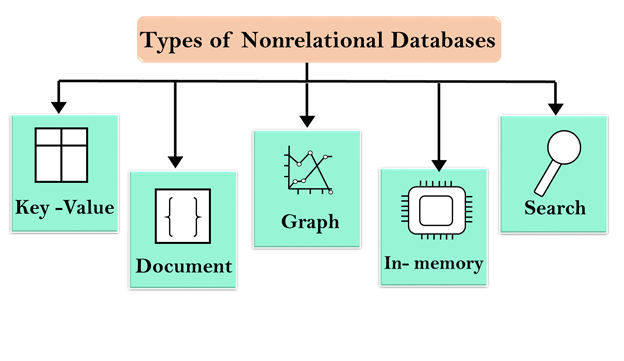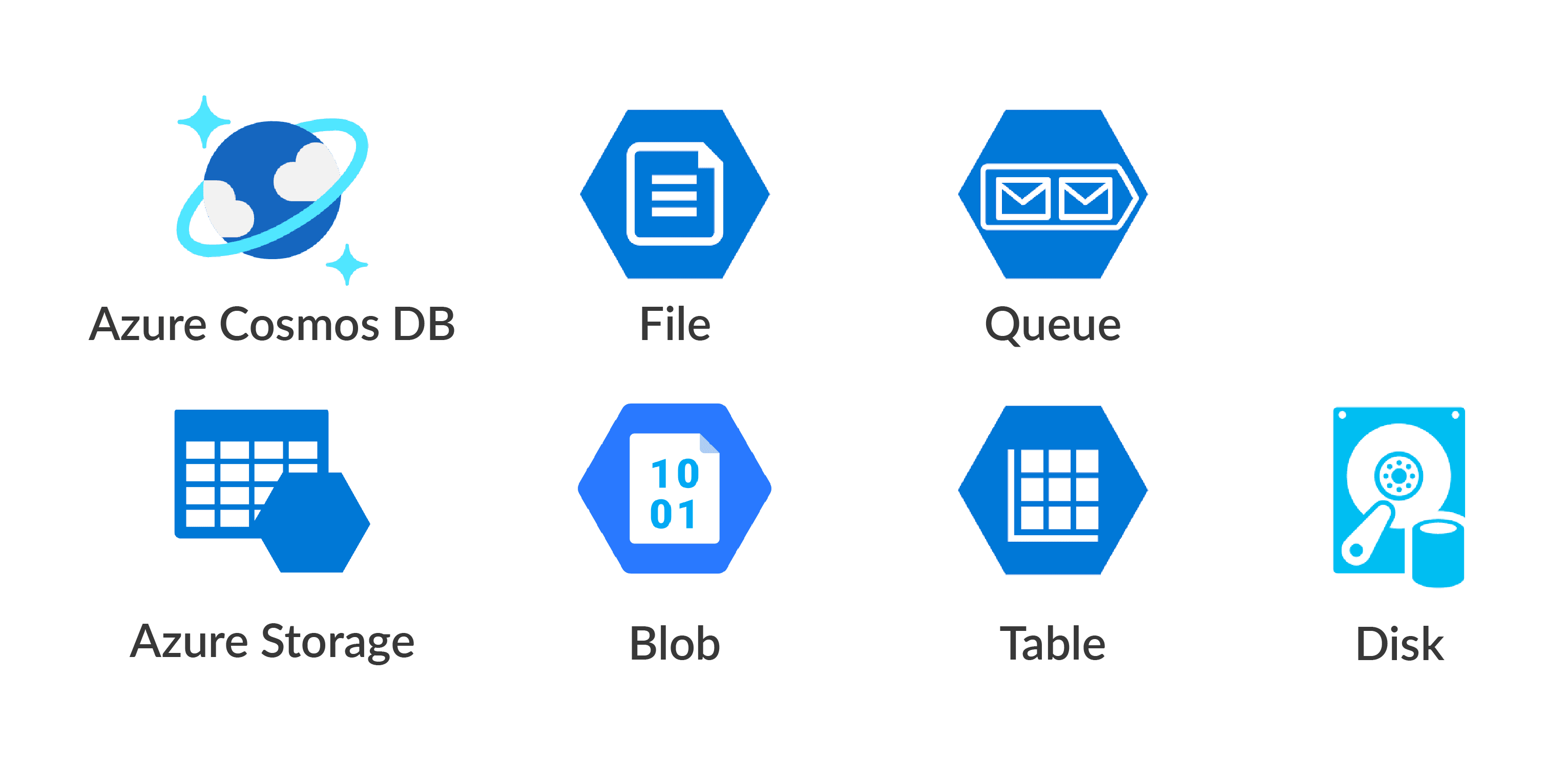Hi Cloud Marathoners!
Welcome to the next blog post (Part 8/12) from the Az-305 series to help you get ready for the AZ-305 exam. This post is the first one that is covering the section – “Design Data Storage Solutions” for this exam.
Please, check the previous blog posts listed below, if you landed on this page for the first time 🙂
Table of content (blog series)
- *** Design Identity, Governance, and Monitoring Solutions ***
- Part 1: Design a governance solution
- Part 2: Design Authentication and Authorization Solutions
- Part 3: Design a solution to log and monitor Azure resources
- *** Design Infrastructure Solutions ***
- Part 4: Design a compute solution
- Part 5: Design an application architecture solution
- Part 6: Design a network infrastructure solution
- Part 7: Design a migration solution
- *** Design Data Storage Solutions ****
- Part 8: Design a non-relational data storage solution
- Part 9: Design a data storage solution for relational data
- Part 10: Design a data integration solution
- *** Design Business Continuity Solutions ***
- Part 11: Design a solution for Business Continuity, backup and disaster recovery
- Part 12: Design for high availability
What is an non-relational data?
A non-relational data is a set of gathered or existing data that does not have a strict schema (structure) which is a required condition for a relational data. Of course, when we speak about data in business, the first thing that comes to mind is the database 🙂
In contrast to a relational database, a NoSQL database is one that is less structured/confined in format. Thus, we gain more flexibility and adaptability with non-relational data.
A non-relational database is a database that does not use the tabular schema of rows and columns found in most traditional database systems. Instead, non-relational databases use a storage model that is optimized for the specific requirements of the type of data being stored. For example, data may be stored as simple key/value pairs, as JSON documents, or as a graph consisting of edges and vertices.
Non-relational data and NoSQL

WHAT is non-relational data storage in azure?
In practice, “NoSQL” means “non-relational database,” even though many of these databases do support SQL-compatible queries. However, the underlying query execution strategy is usually very different from the way a traditional RDBMS would execute the same SQL query.
Non-relational data and NoSQL
Check out the following major categories for non-relational (NoSQL) databases below:
- Document data stores
- Columnar data stores
- Key/value data stores
- Graph data stores
- Time series data stores
- Object data stores
- External index data stores
Microsoft Azure offers a number of services that help you to build these NoSQL databases, and in this post we will cover all of them.

Part 8: Design a non-relational data storage solution
The references below are taken from official Microsoft docs and focused on designing the non-Relational Data Storage solutions in Azure. You could also find it helpful to check the Microsoft docs and learning paths with [Tutorials] below 😉.
This collection of links are gathered with a focus toward the exam objectives of AZ-305 certification exam.
Storage account overview
Hot, Cool, and Archive access tiers for blob data
Blob rehydration from the Archive tier
Time-based retention policies for immutable blob data
Legal holds for immutable blob data
Azure Storage redundancy
Announcing Ultra SSD – the next generation of Azure Disks technology (preview)
Managed Disks pricing
Azure managed disk types
What is Azure Files?
Create an Azure file share
Azure Files scalability and performance targets
What is Azure File Sync?
Security recommendations for Blob storage
Overview of Azure page blobs
Compare access to Azure Files, Blob Storage, and Azure NetApp Files with NFS Storage Accounts and security
[Tutorial] Explore Azure Storage for non-relational data
[Tutorial] Explore fundamentals of Azure Cosmos DB
[Tutorial] Introduction to Azure Cache for Redis
[Tutorial] Implement Pub/Sub and Streams in Azure Cache for Redis
Multi-region web application with Cosmos DB replication
Introduction to Azure managed disks
Azure Storage redundancy
What is Azure Blob storage?
Azure premium storage: design for high performance
Azure Disk Encryption for Linux VMs
Azure NetApp Files
Server-side encryption of Azure Disk Storage
Configure Azure Storage firewalls and virtual networks
Use private endpoints for Azure Storage
SUMMARY
Thank you for visiting the AZ-305 Study Guide and checking the Part 8: Design a non-relational data storage solution.
The next blog post will be continuation with Part 9: Design a data storage solution for relational data.
![]()
